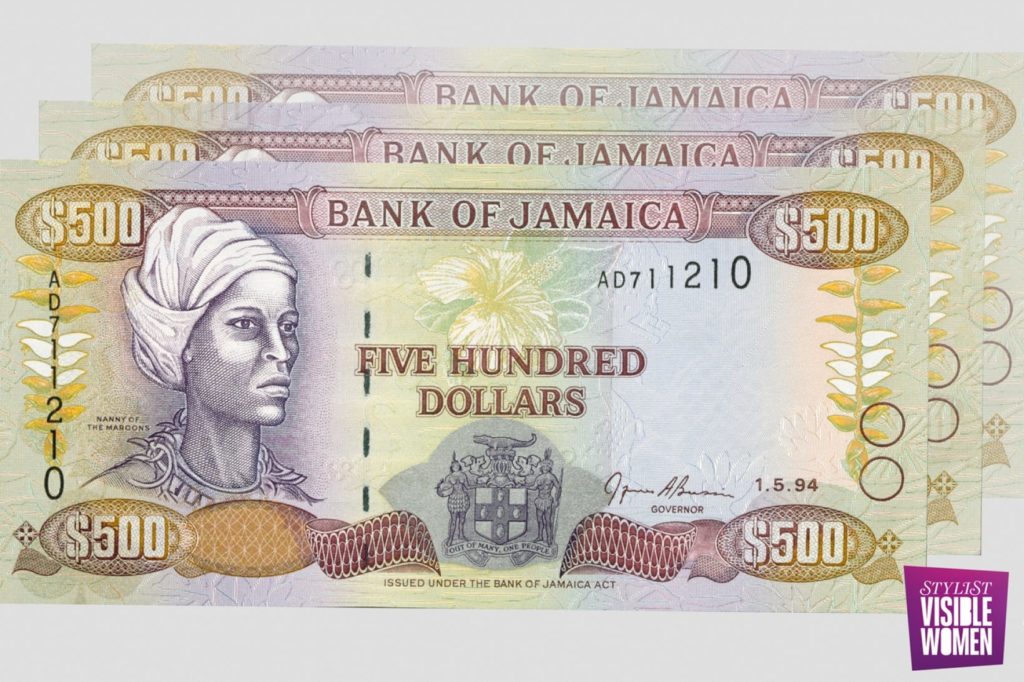The Princess Warrior Initiative
7 Inspiring stories of exceptional achievements by African Women
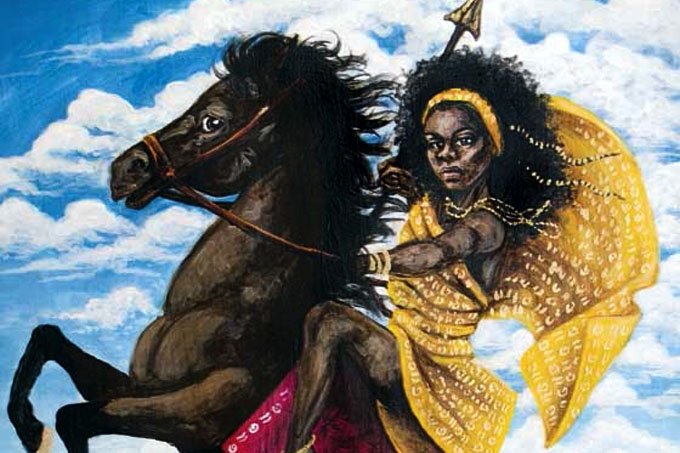
Princess Yennenga
The Dagomba warrior princess whose son founded the Mossi
Kingdom of West Africa.
The Dagomba warrior princess whose son founded the Mossi
Kingdom of West Africa. Considered the mother of the Mossi(modern-day Burkina
Faso), Yennenga fought against the neighbouring kingdom the Malinkes at the tender age of 14. Not only did she have excellent skills with javelins, spears and bows, she also commanded her own battalion. Her prowess as a horsewoman and as a fighter made her revered by all and loved. Her father, the King banned her from getting married since that would deprive him of his best warrior. She does not submit demurely to this and flees on her horse. She later marries Riale and ends up getting everything that she wanted: children, a good husband, and the chance to teach her children all that she knows about warfare and cavalry. The Burkinabe national football team is called Les Étalons (The Stallions) after Yennenga’s famous horse.
https://face2faceafrica.com/article/yennenga-the-dagomba-warrior-princess-whose-son-founded-the-mossi-kingdom-of-west-africa
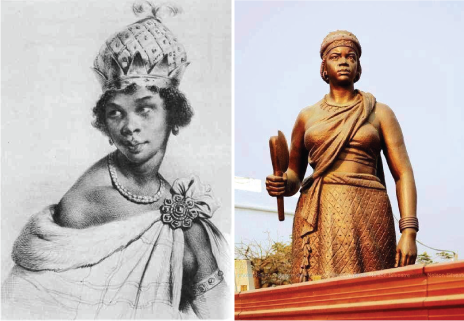
Queen Nzinga
She was a resilient leader who fought against the Portuguese and their expanding slave trade in Central Africa
Queen Nzinga of Ndongo and Matamba, left behind a grand legacy. She was a resilient leader who fought against the Portuguese and their expanding slave trade in Central Africa. In 1626 Nzinga became Queen of the Mbundu when her brother committed suicide in the face of rising Portuguese demands for slave trade concessions. Nzinga, however, refused to allow them to control her nation. In 1627, after forming alliances with former rival states, she led her army against the Portuguese, initiating a thirty-year war against them. Even later in her 60s she still personally led troops in battle. She also orchestrated guerilla attacks on the Portuguese which would continue long after her death and inspire the ultimately successful 20th Century armed resistance against the Portuguese that resulted in independent Angola in 1975.
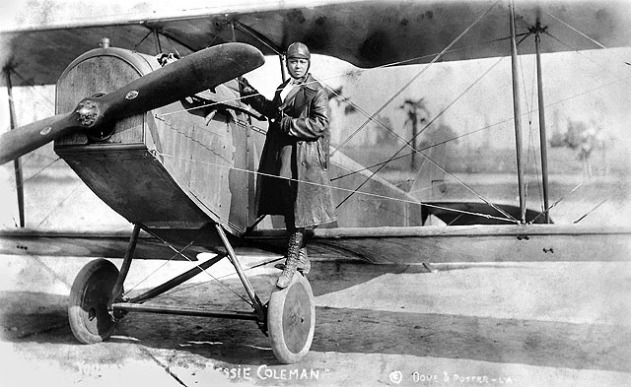
Bessie Coleman
Her goal was to encourage women and African Americans to reach their dreams.
Bessie Coleman soared across the sky as the first African American and the first Native American woman pilot. Known for performing flying tricks, Coleman’s nicknames were; “Brave Bessie,” “Queen Bess,” and “The Only Race Aviatrix in the World.” Her goal was to encourage women and African Americans to reach their dreams. She gave speeches and showed films of her air tricks in churches, theaters, and schools to earn money. She refused to speak anywhere that was segregated or discriminated against African Americans. Her hard work helped her to save up enough money to purchase her own plane, Jenny – JN-4 with an OX-5 engine. She toured the country giving flight lessons, performing in-flight shows, and encouraged African Americans and women to learn how to fly.
https://www.womenshistory.org/education-resources/biographies/bessie-coleman
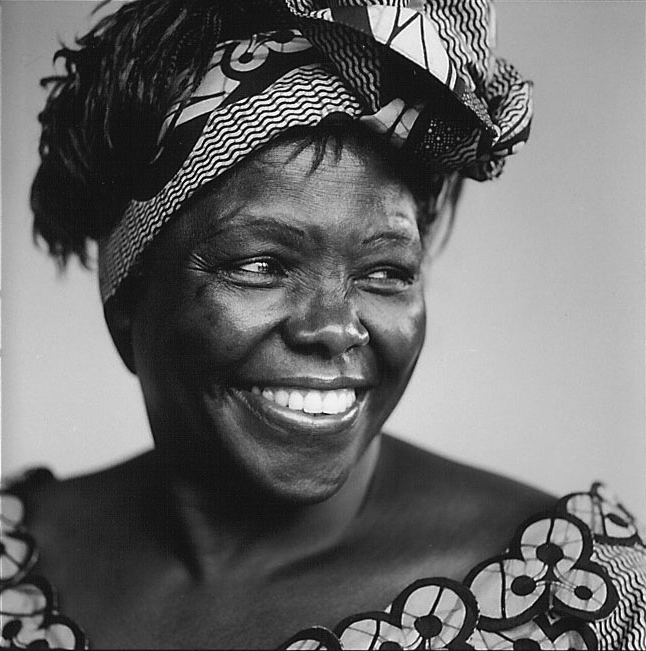
Wangari Maathai
The first woman in East and Central Africa to earn a doctorate degree, and become chair of the Department of Veterinary Anatomy
Wangari Maathai (1940-2011) was born in Nyeri, Kenya (Africa) in 1940, and was the founder of the Green Belt Movement and the 2004 Nobel Peace Prize Laureate. The first woman in East and Central Africa to earn a doctorate degree, and become chair of the Department of Veterinary Anatomy and an associate professor.
While she served in the National Council of Women she introduced the planting of trees with women groups in order to conserve the environment and improve their quality of life. Through the Green Belt Movement, she has assisted women in planting more than 20 million trees on their farms and on schools and church compounds. Wangari Maathai is internationally recognized for her persistent struggle for democracy, human rights, and environmental conservation. She has addressed the UN on several occasions and spoke on behalf of women at special sessions of the General Assembly for the five-year review of the earth summit. She was later elected to parliament with an overwhelming 98% of the vote. She was subsequently appointed by the president, as Assistant Minister for Environment, Natural Resources, and Wildlife in Kenya’s ninth parliament.
https://www.nobelprize.org/prizes/peace/2004/maathai/biographical/

Hatshepsut, The Great
She was the greatest woman of ancient Black Egypt as she reigned with the full authority of the pharaoh
Hatshepsut, The Great (1479-1458 BCE) was the greatest woman of ancient Black Egypt as she reigned with the full authority of the pharaoh . Her name means “Foremost of Noble Women ” or “She is First Among Noble Women”. She began her reign as regent to her stepson Thutmose III (1458-1425 BCE) who would succeed her. She was the fifth pharaoh of the 18th Dynasty during the period known as the New Kingdom (1570-1069 BCE) and regarded as one of the best. Under her rule, there was expansion of foreign trade, international diplomatic relations, the perfection of national defenses, vast public building programs (such as the temple of Karnak), securing of the South and North through either peace or war and finally the building of a great navy for both commerce and war. Her success on most of these fronts makes her one the giants of African Civilization.
She is celebrated as a powerful female ruler whose reign was extremely successful and this is the same reason for her controversy: according to Egyptian tradition, no woman should have been able to assume the full power of the pharaoh.
